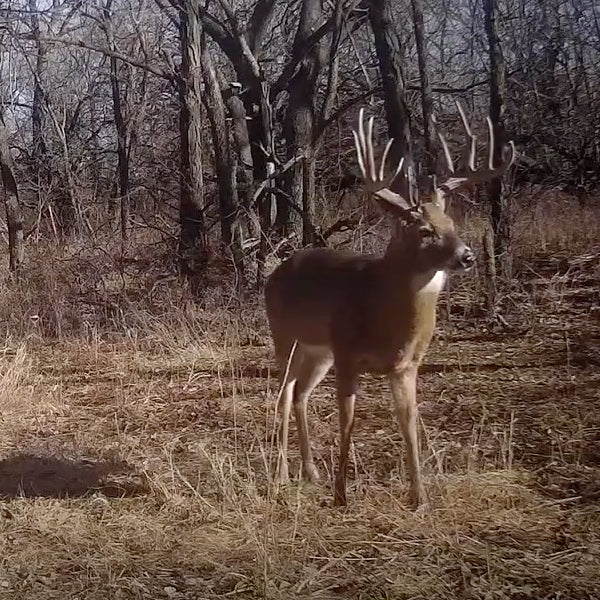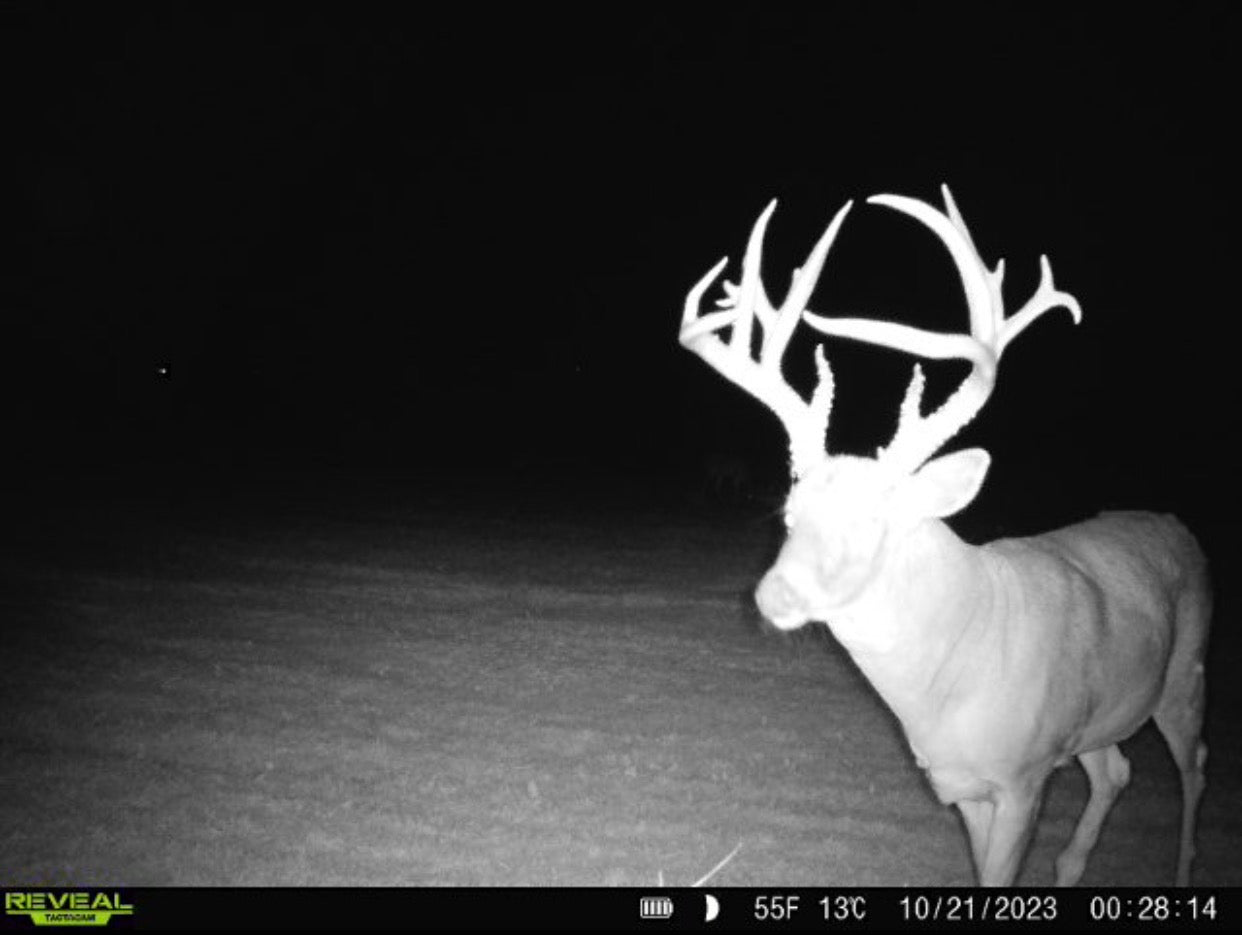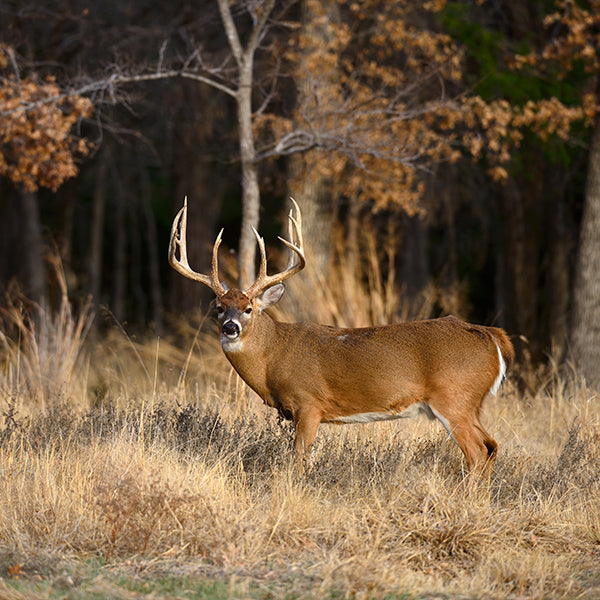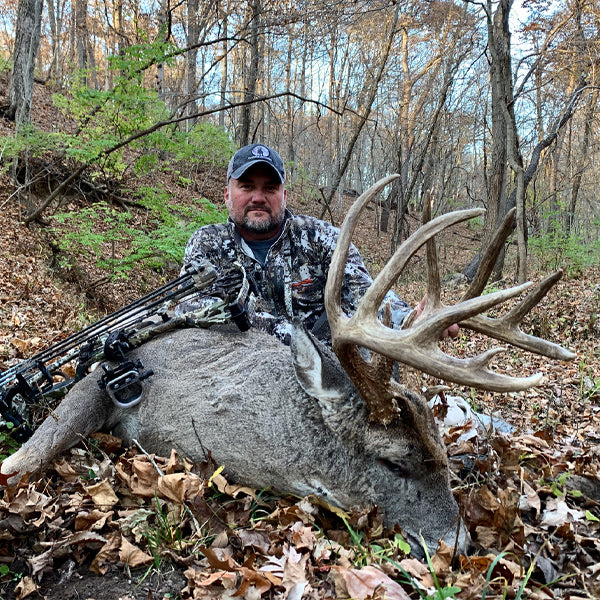
What’s the secret to killing mature bucks consistently? How do some guys seem to score on bigger than average bucks year after year when other hunters struggle just to see a shooter? There are so many variables that can affect a hunter’s success it would be tough for a couple guys to agree on one or even two of these key factors. I’m willing to bet, the more guys you ask, the more different answers you will get!
Forget about all of that for a minute. Forget everything you’ve read, everything you’ve watched on TV and every tip you’ve seen on Facebook. Clear your mind and ask yourself this simple question: What is the single most important factor for me to kill a big deer this fall? I can imagine there’s probably a host of answers running through your mind right now, but the answer is simple: you can’t kill him if he’s not there. Let’s take that one step further and acknowledge that he must live there (and) he has to be moving during daylight for you to kill him. EVERY hunter that has ever killed a big buck had these 2 things in common, period!
There’s not going to be much in this article about how to find a big buck to hunt. I’m guessing most of you already have a big deer in mind for this fall and that subject is a whole other article. I do however have some thoughts on activity, mainly mature buck daylight activity! If we can all agree that this is the single most important factor in killing a big buck, then let’s focus on the key components that make a big old buck move during daylight. Let’s also focus on NATURAL activity and not forced movement. There is a definite time and place for deer drives or trying to bump a big old buck from his bed, but I’m concentrating on the 4 natural factors that make a mature deer move during daylight.
THE SUN: It’s no secret that deer are Crepuscular (of or pertaining to twilight.) creatures, moving mainly at dawn and dusk on the edge of darkness. I bring this well known fact up for one reason and one reason only; to establish that this is when deer normally want to move; it’s their nature. Even in the heat of summer, when the velvet clad bachelor groups show up in the soybean fields, it occurs at this time of day. When sunset arrives on the horizon, it’s almost like a dinner bell calling all deer to leave their daily haunts back in the timber and begin their nightly rituals.
THE WIND: A mature buck’s life is pretty simple, spending the majority of it either bedded or feeding; the rest of it going from point A to point B, making a few rubs, scrapes and “little deer” along the way. If we are talking about a mature buck here, one that has survived 4, 5 or even 6 hunting seasons, what would make him do any of this during daylight? If he moved regularly during the day, chances are he wouldn’t survive to get old and big. The obvious thought that comes to mind first is that he has to feel safe enough to move in broad daylight, otherwise he will probably just lay there until dark. What makes a mature buck feel safe? The wind. He will live and die by his nose! My success with killing mature bucks consistently changed dramatically when I quit hunting the winds that were good for me and started hunting the winds that were good for the deer I was hunting! Give a bedded buck the wind to his advantage and you just increased your chances of him moving before dark dramatically!
THE WEATHER: Who could argue the fact that weather has a more direct impact on deer movement than anything else? Mother Nature is Queen! Whether it’s barometric pressure, rain, a strong cold front moving in from the northwest or a dreaded heatwave during the peak of the November rut, weather impacts when deer move, both positively or negatively. No matter the weather factor you key on, we can all agree that deer movement is affected by weather. Even so, with a perfect wind and ideal weather at sunset, a mature buck might not rise from his bed or step into the open until after dark.
THE MOON: How can anybody say the sun, wind and weather have such a strong effect on deer movement, then in the next breath say the moon does not? The moon is a significant factor in hunting, almost as much as the weather. This lunar connection may possibly be the most overlooked factor in understanding deer activity! When the moon peaks directly overhead it exerts its maximum influence or gravitational pull on the earth and its inhabitants, having a similar effect about twelve and a half hours later when it’s directly underfoot. This gravitational pull is exactly what triggers the tides, which has a major impact on when fish feed. Ask any professional fisherman and they will agree, it’s all about the tide. Have you ever talked to a serious Musky fisherman? These guys are as close to a big buck hunter as you will find and they swear by the moon’s effects on these toothy critters! I believe the secret to timing a buck’s travel pattern is having an intimate knowledge of the lunar cycle to which deer are inextricably linked to. I have personally followed the moon and its position in the sky for nearly two decades, witnessing first-hand it’s effect on big whitetails. There are only a handful of days every month when the natural pull of the moon coincides with prime time, when deer naturally want to move anyway. I believe this “Red Moon” period gives you the best opportunity of catching a mature deer on his feet during the daylight. After 36 years of bow hunting and chasing these masters at the game of survival, I’ve learned one thing above all else. To have consistent success on the biggest bucks in your area, you must stack the deck in your favor by focusing on the key factors that make a giant whitetail move naturally. This is when he is the most vulnerable!



